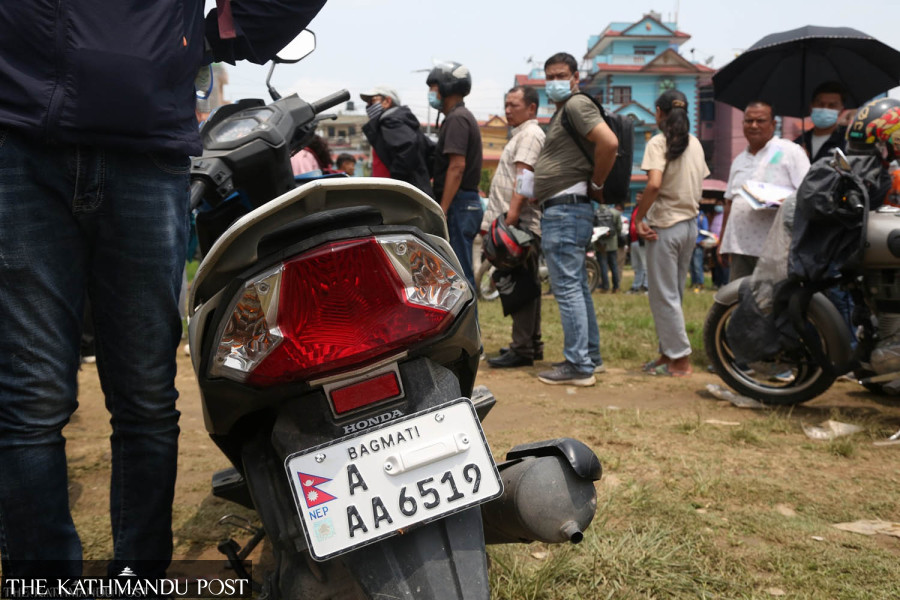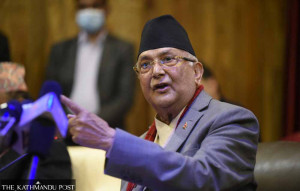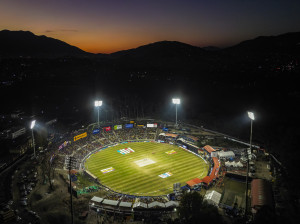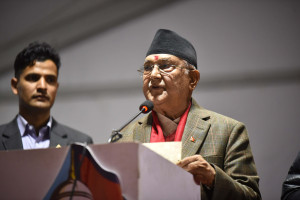Editorial
What’s the hurry?
Without adequate preparations, people cannot be rushed to get embossed plates for their vehicles.
The government has yet again tried to enforce the use of embossed number plates for vehicles, this time with a deadline of September 17 for newly registered vehicles to carry such plates. Previously, the plan to roll out the plates in 2021 and enforce compulsory adoption was withdrawn following public backlash and confusion. The government first decided to distribute embossed number plates on May 30, 2016, based on the country’s new provincial structure. Later, on February 22, 2018, the Supreme Court issued an interim order to stop issuing embossed number plates.
The case for the use of embossed number plates is not new. The plan was initially included in the Three-Year Interim Plan 2007–2010, but shelved after recognising the insufficiency of resources and research. After more than a decade, the resource crunch remains, as the infrastructure to support the transition and smooth operation of vehicles is still insufficient. Officials say the new system will digitise records, help improve traffic security, and align Nepal with global standards. However, the government is yet to install the technical resources to enable such usage of the new number plate system. An embossed number plate has camera-readable digits as well as an RFID (radio-frequency identification) microchip. Officials claim that installing embossed number plates will help trace vehicles in cases of theft or disappearance or accident. A worthy goal. But the problem is there are only two RFID-enabled gates in operation across the country.
Another hurdle to the enforcement of embossed number plates is the price. According to the government’s pricing structure, owners will have to pay Rs2,500 for motorcycles and scooters, Rs3,200 for cars, jeeps, vans and tractors, and Rs3,600 for heavy vehicles during installation of the embossed plate. These rates are exorbitant when compared to the rates enforced in neighbouring India, where new embossed number plates cost as low as INR 300 (Rs480). High prices are a big reason behind the public’s reluctance to switch to embossed number plates. As the contract period with the company responsible for producing embossed number plates is nearing its end, the government appears determined to move ahead with implementation. Thankfully, it has now clarified that September 17 is not a hard deadline. Yet the practice of trying to impose impractical and costly decisions on people is still wrong.
The government has so far failed to come up with a convincing rationale for the high prices. If the existing agreement on the production of number plates is responsible, it must be scrapped in favour of a cheaper option. This in turn will be a push factor for the adoption of the embossed plates. Moreover, the enforcement process is mired in confusion. The enforcement must not be rushed without adequate preparations, such as the installation of enough RFID-enabled gates, and proper justification for the high cost. The expiration of the contract for producing such plates cannot be an excuse to rush. Such forced measures only fuel people’s suspicions that the government is serving vested interests instead of the common folks.




 17.12°C Kathmandu
17.12°C Kathmandu














